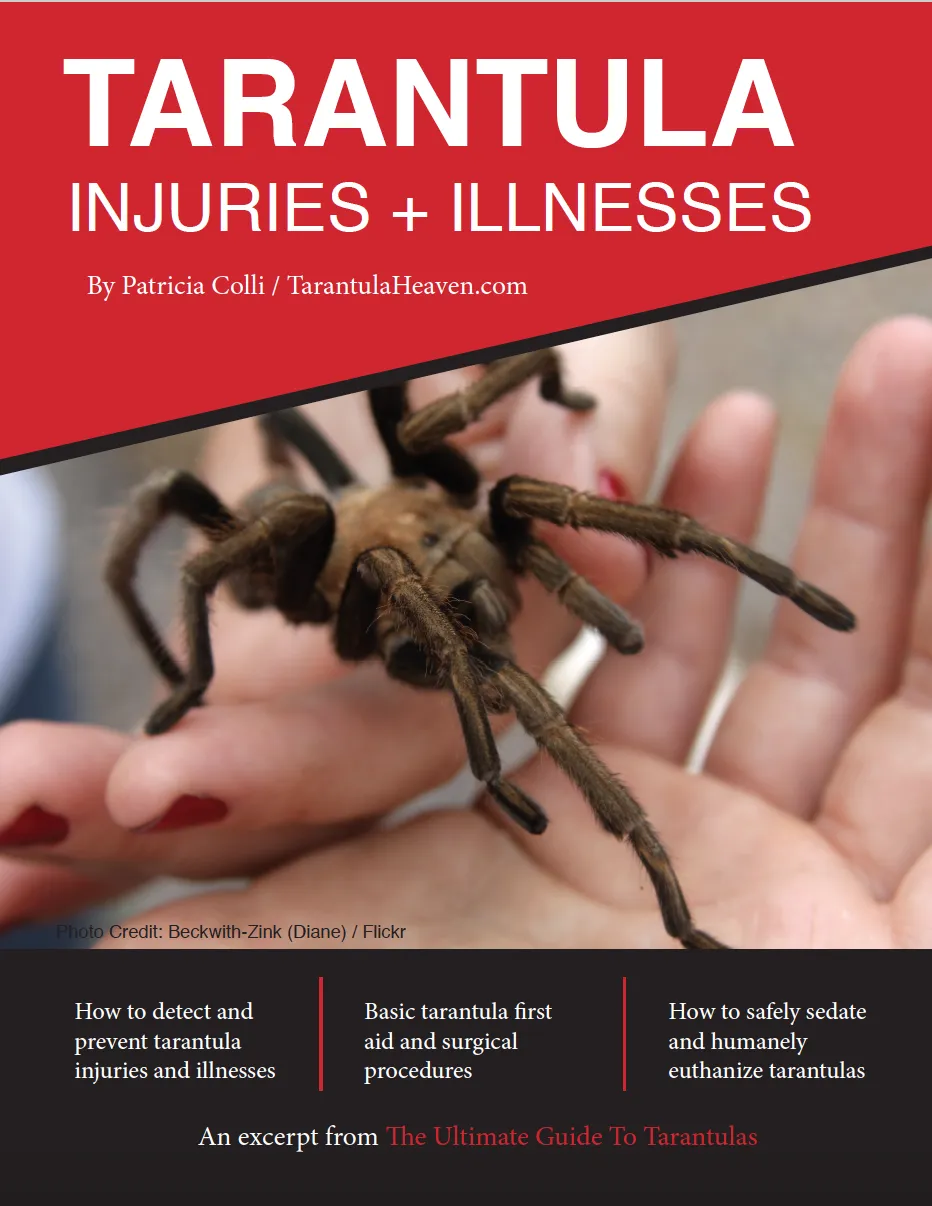Tarantula vs Dog: Overview of the Risks
The encounter between a tarantula and a dog can be a concerning situation for any pet owner. While tarantulas are not typically aggressive towards dogs, there are several potential dangers to be aware of. These risks range from the effects of venom and irritating hairs to the possibility of physical injury and psychological stress for your canine companion. Understanding these dangers is crucial for pet owners to ensure their dogs’ safety when tarantulas are present. This guide explores the top 5 dangers, providing insights into how to recognize and manage potential issues.
Venomous Bites
Tarantulas possess fangs and inject venom when they bite. While tarantula venom is not typically lethal to dogs, it can cause a range of unpleasant symptoms depending on the tarantula species and the size of the dog. The venom’s effects often depend on the individual dog’s sensitivity and any potential allergic reactions.
Severity of Tarantula Venom

The severity of a tarantula bite’s effects on a dog varies. Generally, the venom causes localized pain, swelling, and redness around the bite area. In some cases, dogs may experience muscle cramps or tremors. The potency of the venom differs among tarantula species, with some being more potent than others. Therefore, it’s crucial to be able to identify the species if your dog is bitten, as this information can help veterinarians provide appropriate treatment.
Symptoms of a Tarantula Bite on Dogs
Dogs that are bitten by tarantulas may exhibit several symptoms. These include immediate pain, which the dog may show by yelping or whimpering. Swelling and redness at the bite site are common, as is the potential for the area to become warm to the touch. Further symptoms can include excessive drooling, difficulty breathing, and lethargy. If your dog displays these signs after a possible bite, immediate veterinary attention is necessary.
Irritating Hairs (Urticating Hairs)
Many tarantula species have urticating hairs on their abdomen. These hairs are a defense mechanism; when threatened, the tarantula can flick these hairs towards a potential predator. These hairs can be particularly irritating to dogs, causing discomfort and potential health issues.
How Urticating Hairs Affect Dogs

If a dog comes into contact with urticating hairs, they can become embedded in the dog’s skin, eyes, or respiratory tract. The result is intense itching, leading the dog to scratch or rub the affected area. Contact with the eyes can cause conjunctivitis and corneal damage. Inhalation of these hairs can cause respiratory irritation, leading to coughing or sneezing.
Preventing and Managing Irritation
To prevent irritation from urticating hairs, try to keep your dog away from tarantulas. If your dog comes into contact, gently remove the hairs with a soft brush or by flushing the affected area with water. For eye irritation, rinse the eyes with saline solution. If the symptoms are severe or persist, veterinary care is recommended. Your vet can provide medication to alleviate itching and reduce inflammation.
Allergic Reactions
Just like humans, dogs can also have allergic reactions to tarantulas. These reactions can be triggered by the venom or the urticating hairs, and the severity varies depending on the dog’s sensitivity.
Identifying Allergic Responses in Dogs

Signs of an allergic reaction in dogs include swelling of the face, muzzle, or throat, which can make breathing difficult. Other symptoms include hives, excessive scratching, vomiting, and diarrhea. The dog may also appear weak or lethargic. If any of these symptoms appear after a potential encounter with a tarantula, seek veterinary care immediately.
Emergency Measures for Allergic Reactions
If your dog shows severe signs of an allergic reaction, swift action is critical. Keep your dog calm and try to prevent it from scratching, which can worsen the reaction. If you have it, administer an antihistamine like Benadryl. However, always consult with your vet before giving any medication. Transport your dog to the nearest veterinary clinic as quickly as possible, especially if breathing difficulties are present.
Physical Trauma
While tarantulas are not usually aggressive, the interaction could potentially lead to physical injury for a dog. A dog may accidentally step on or try to eat a tarantula, resulting in bites or other trauma.
Risk of Physical Injury from Tarantulas

The primary risk of physical injury arises from a dog interacting directly with a tarantula. A bite from the tarantula’s fangs could cause a puncture wound, and the dog might step on the tarantula, resulting in crushing injuries. The risk is higher with larger tarantulas or if the dog is small. In some cases, the dog’s curiosity or predatory instincts could lead it to attempt to eat the tarantula, posing a risk of choking or internal injury.
First Aid for Physical Injuries
If your dog sustains an injury from a tarantula, the first step is to assess the wound. Clean any puncture wounds with mild soap and water, and apply an antiseptic to prevent infection. For more severe injuries, such as those involving bleeding or limping, seek immediate veterinary care. The vet can assess the extent of the injuries and provide necessary treatment, which might include wound closure, pain medication, or antibiotics.
Psychological Stress
An encounter with a tarantula can cause psychological stress in dogs, particularly if they are scared or frightened by the spider. Dogs can experience anxiety, fear, and phobias that require careful handling to prevent lasting emotional damage.
Recognizing Fear and Anxiety in Dogs

Dogs express fear and anxiety in various ways. Common signs include trembling, hiding, excessive panting, dilated pupils, and changes in body posture. Some dogs may also whine, bark excessively, or try to escape. If your dog exhibits these behaviors after an encounter with a tarantula, it is important to address the situation calmly and proactively.
Helping Your Dog Cope with Fear
To help your dog cope with fear and anxiety, create a safe and calm environment. Speak to your dog in a soothing tone and offer reassurance without excessive coddling. Provide a familiar and comfortable space, such as their bed or a favorite corner. If your dog continues to show signs of stress, consult a veterinarian or a certified dog trainer, who can suggest techniques like desensitization or counter-conditioning to help manage the dog’s fear.
Here’s a visual guide on how to keep your dog safe.
Conclusion
While tarantulas and dogs can coexist, pet owners must be aware of the potential dangers involved. By understanding the risks of venomous bites, urticating hairs, allergic reactions, physical trauma, and psychological stress, you can take appropriate measures to protect your canine companion. Regular monitoring of your dog’s behavior, providing a safe environment, and seeking veterinary advice when necessary are crucial steps in ensuring the well-being of your dog in environments where tarantulas may be present. Ultimately, prevention and informed care are key to minimizing any potential harm and keeping your dog healthy and happy.
